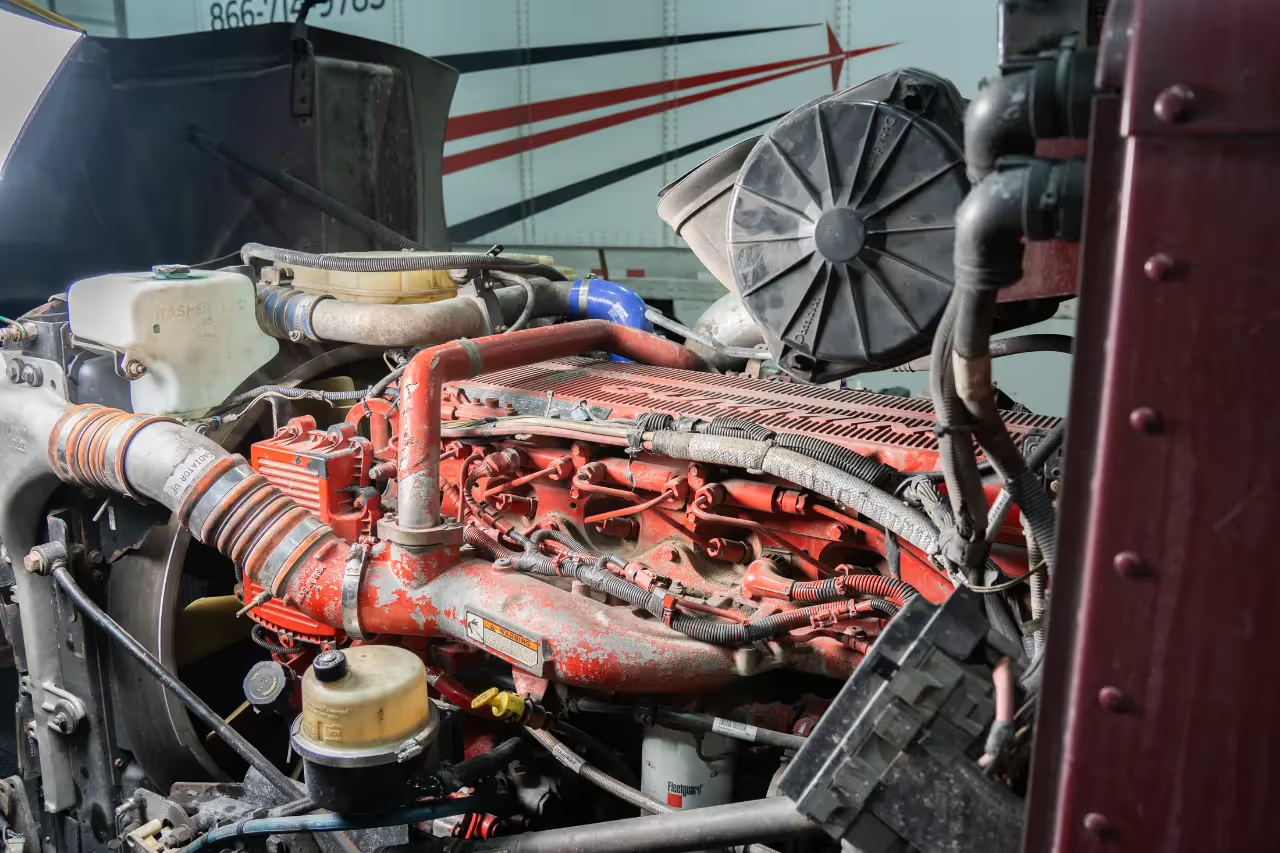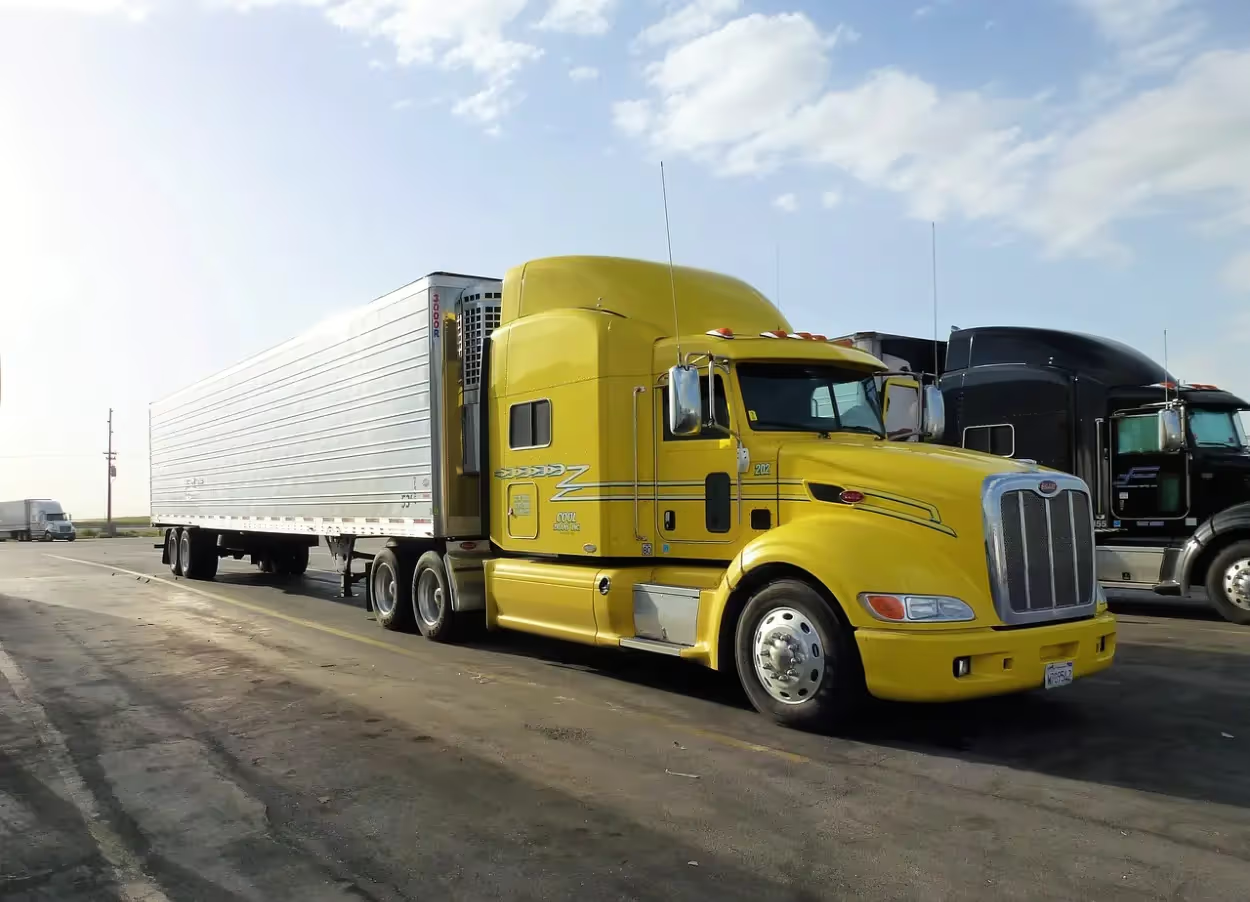Troubleshooting Common Cummins Engine Problems Before They Cost You Big

Cummins engines are renowned for their durability and performance in heavy-duty trucking. However, no engine is completely immune to wear, and even well-maintained Cummins engines can encounter problems if small issues are ignored. For fleet operators and independent truckers, timely detection and quick repairs are crucial to prevent unexpected downtime and expensive overhauls. Below, we detail the most common Cummins engine issues, their warning signs, and practical tips to keep your trucks operating efficiently.
Fuel Injector Failures – Precision Components at Risk
- Symptoms:
- Rough idle or engine misfires
- Poor fuel economy
- Noticeable rise in exhaust smoke
- Cause: Fuel injectors in Cummins engines operate at very high pressures to ensure accurate fuel atomization. Contamination from low-quality fuel or poor filtration can cause wear, leading to uneven spray patterns and incomplete combustion.
- Prevention:
- Replace fuel filters as per manufacturer intervals, or earlier in dusty operating conditions.
- Use only premium diesel fuel to reduce carbon buildup.
- Have injectors professionally tested if you notice reduced power or efficiency.
Neglecting to fix injector problems quickly can cause piston scoring or total engine failure.
Overheating – A Serious Mechanical Hazard
- Symptoms:
- Elevated coolant temperature readings
- Coolant loss with no visible leaks
- Steam emissions from beneath the hood
- Cause: Cummins engines operate under high compression and produce significant heat. Failures in the water pump, fan clutch, or radiator airflow can quickly cause overheating.
- Prevention:
- Regularly inspect coolant levels and condition.
- Inspect and test the fan clutch to ensure proper engagement.
- Keep the radiator free of debris to ensure steady airflow.
Overheating can warp the cylinder head and weaken the engine block's structural integrity.
Low Oil Pressure – A Critical Warning
- Symptoms:
- Oil pressure warning lights
- Knocking or ticking noises from the engine
- Blue exhaust smoke
- Cause: Low oil pressure can result from worn crankshaft bearings, oil pump failure, or sludge-blocked oil passages. Cummins engines depend on strong oil flow for lubrication and cooling.
- Prevention:
- Use the proper oil viscosity and adhere to the recommended oil change intervals.
- Replace oil filters regularly to prevent blockages.
- Stop the engine immediately if oil pressure suddenly drops to prevent catastrophic damage.
DPF Clogging – Performance and Compliance Risk
- Symptoms:
- Reduced engine power
- Increased fuel use
- Repeated or unsuccessful regeneration cycles
- Cause: The Diesel Particulate Filter (DPF) captures soot from exhaust gases. Incomplete regeneration caused by short trips, faulty sensors, or EGR system malfunctions can lead to clogging.
- Prevention:
- Allow the truck to finish full highway regeneration cycles.
- Address EGR and sensor problems promptly.
- Schedule routine professional DPF cleaning to prevent excessive restriction.
A severely clogged DPF can harm the turbocharger and result in expensive repairs.
Turbocharger Wear – Loss of Boost, Loss of Power
- Symptoms:
- High-pitched whining or grinding noises
- Excessive exhaust emissions
- Power loss during heavy load
- Cause: A turbocharger operates at over 100,000 RPM. Poor oil quality, restricted air intake, or coolant leaks can lead to bearing failure or seal damage.
- Prevention:
- Replace air filters regularly to protect turbo blades.
- Maintain oil quality by changing it regularly.
- Inspect for coolant leaks in the intake system, as they can quickly damage turbo seals.
A failing turbo can send debris into the engine, causing further mechanical damage.
Preventive Measures for Long-Term Engine Health
For operators in San Bernardino, Riverside, and the broader Inland Empire, proactive maintenance is the most effective defence against expensive breakdowns. Essential steps include:
- Following a consistent preventive maintenance schedule.
- Keep an eye on gauges and warning lights.
- Maintaining detailed service records to identify recurring issues.
Conclusion
Cummins engines are designed for longevity, but they need careful maintenance to stay in top shape. By spotting early signs of injector wear, overheating, oil pressure drops, DPF blockages, and turbocharger problems, fleet managers and drivers can protect their investment and ensure reliable performance on every trip. Prompt repairs and regular inspections help reduce downtime, prolong engine life, and keep your operations running smoothly.
More Articles
.avif)
Transmission Fluid vs. Gear Oil: Pick Wrong, Pay Twice

The Importance of CAN Bus Diagnostics in Modern Diesel Engines

